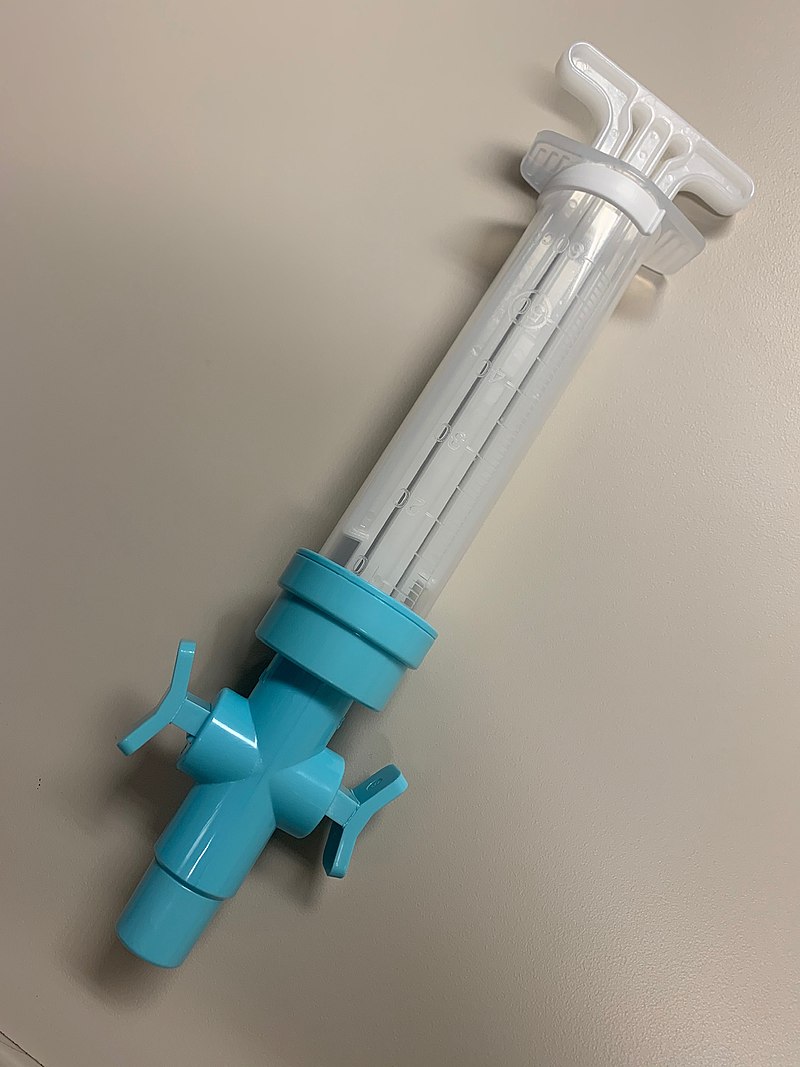D&C Vs Vacuum Aspiration: Comparing Procedures and Benefits
In the world of medicine, there are many procedures. Two common ones are D&C and Vacuum Aspiration. They are used for similar reasons but are different.
What is D&C?
D&C stands for Dilation and Curettage. It is a surgical procedure. It involves two main steps: dilation and curettage.
- Dilation: The cervix is opened (dilated) to allow access.
- Curettage: A tool called a curette is used to scrape the uterine lining.
D&C is often used to diagnose or treat conditions. These include heavy bleeding, abnormal cells, or remaining tissue after a miscarriage.
What is Vacuum Aspiration?
Vacuum Aspiration is another medical procedure. It is also known as suction aspiration. It involves removing tissue from the uterus using suction.
- A tube is inserted into the uterus through the cervix.
- A suction device is attached to the tube.
- The suction device removes the tissue.
Vacuum Aspiration is often used for early abortions. It can also be used to remove tissue after a miscarriage.

Credit: en.wikipedia.org
Uses of DC
D&C has several uses. Here are some common ones:
- Diagnosing Conditions: D&C can help diagnose uterine conditions.
- Treating Heavy Bleeding: It can treat abnormal or heavy bleeding.
- Removing Tissue: It can remove tissue after a miscarriage.
Uses of Vacuum Aspiration
Vacuum Aspiration also has several uses. Here are some common ones:
- Early Abortions: It is often used for early abortions.
- Removing Tissue: It can remove tissue after a miscarriage.
- Diagnosing Conditions: It can help diagnose uterine conditions.
Benefits of DC
D&C has several benefits. Here are some:
- Accurate Diagnosis: It can provide accurate diagnosis of uterine conditions.
- Effective Treatment: It can effectively treat heavy bleeding.
- Complete Tissue Removal: It can ensure complete removal of tissue.
Benefits of Vacuum Aspiration
Vacuum Aspiration also has benefits. Here are some:
- Less Invasive: It is less invasive than D&C.
- Quick Recovery: Recovery time is usually quicker.
- Effective Tissue Removal: It can effectively remove tissue.

Credit: www.sciencedirect.com
Risks of DC
Like any procedure, D&C has risks. Here are some:
- Infection: There is a risk of infection.
- Bleeding: There may be bleeding after the procedure.
- Scarring: There is a risk of scarring in the uterus.
Risks of Vacuum Aspiration
Vacuum Aspiration also has risks. Here are some:
- Infection: There is a risk of infection.
- Bleeding: There may be bleeding after the procedure.
- Incomplete Removal: There is a risk of incomplete tissue removal.
Comparison Table
| Aspect | DC | Vacuum Aspiration |
|---|---|---|
| Invasiveness | More Invasive | Less Invasive |
| Recovery Time | Longer | Shorter |
| Uses | Diagnosing, Treating, Removing Tissue | Early Abortions, Removing Tissue, Diagnosing |
| Risks | Infection, Bleeding, Scarring | Infection, Bleeding, Incomplete Removal |
Frequently Asked Questions
What Is D&c Procedure?
D&C stands for dilation and curettage. It’s a surgical method to remove tissue.
What Is Vacuum Aspiration?
Vacuum aspiration uses suction to remove uterine contents. It’s less invasive than D&C.
How Do D&c And Vacuum Aspiration Differ?
D&C uses scraping, while vacuum aspiration uses suction. Both remove uterine tissue.
Which Procedure Is Safer, D&c Or Vacuum Aspiration?
Both are safe with proper medical care. Vacuum aspiration often has fewer complications.
What Are The Recovery Times For D&c And Vacuum Aspiration?
Recovery is usually quicker for vacuum aspiration. D&C might take a bit longer.
Are There Risks With D&c And Vacuum Aspiration?
Yes, both have risks like infection or bleeding. Always consult your doctor for advice.
Conclusion
Both D&C and Vacuum Aspiration are important medical procedures. They have different uses, benefits, and risks. It is important to understand these differences. This can help you make informed decisions about your health.
If you need more information, talk to your doctor. They can provide more details and help you understand which procedure is best for you.

![5 Best Vacuum for a Car [Top Tools for Pristine Interiors]](https://homeunderstandable.com/wp-content/uploads/2025/02/best-vacuum-for-a-car.jpg)
![5 Best Corded Handheld Vacuum for Car [In 2025]](https://homeunderstandable.com/wp-content/uploads/2025/02/best-corded-handheld-vacuum-for-car.jpg)



![5 Best Vacuum Cleaner for Removing Pet Hair [In 2025]](https://homeunderstandable.com/wp-content/uploads/2025/02/best-vacuum-cleaner-for-removing-pet-hair.jpg)